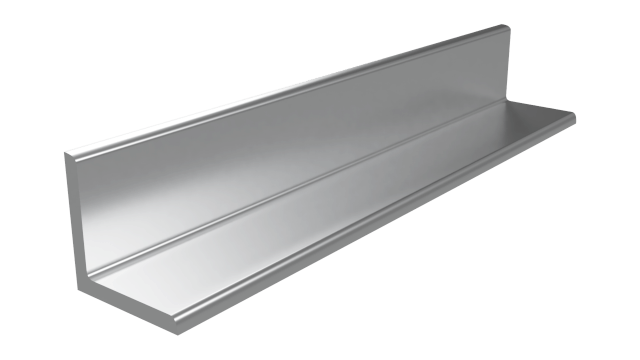Aluminum Angle

Aluminum angle is a versatile and widely used metal extrusion, typically with a right-angle shape. It is formed by bending a piece of aluminum into an L-shaped profile, making it highly functional for various applications. The popularity of aluminum angle stems from its lightweight nature, excellent corrosion resistance, and high strength-to-weight ratio. These properties make it an ideal choice for constructing durable structures and frameworks in industries like construction, manufacturing, and transportation.
One of the significant advantages of aluminum angle is its ease of fabrication. It can be cut, drilled, welded, and shaped easily, allowing for customization based on specific project requirements. Additionally, aluminum's non-magnetic properties and good electrical conductivity make it suitable for use in electrical enclosures and wiring projects. The metal's resistance to rust and other forms of corrosion ensures that structures built with aluminum angle maintain their integrity and appearance even in harsh environments or outdoor applications.
Aluminum angle is available in various sizes, thicknesses, and alloy grades, providing flexibility for different load-bearing capacities and design preferences. Whether it's for constructing frames for shelves, window and door frames, support structures, or decorative elements, aluminum angle is a cost-effective and reliable choice. Its lightweight nature also simplifies transportation and installation processes, reducing overall project costs and making it a popular material in both large-scale industrial projects and DIY applications.
